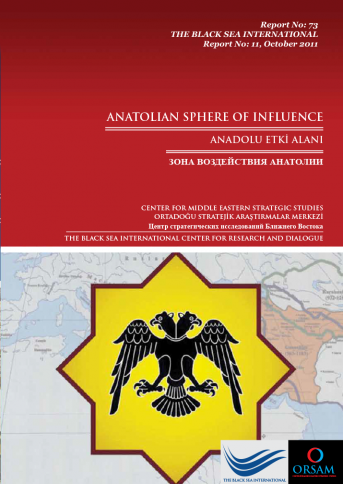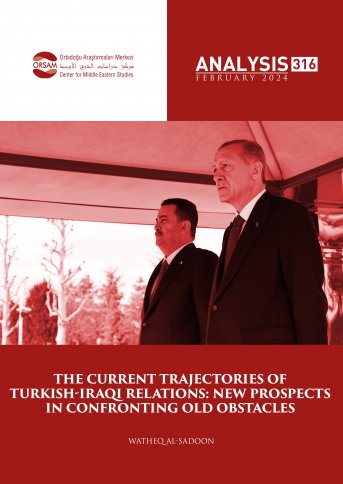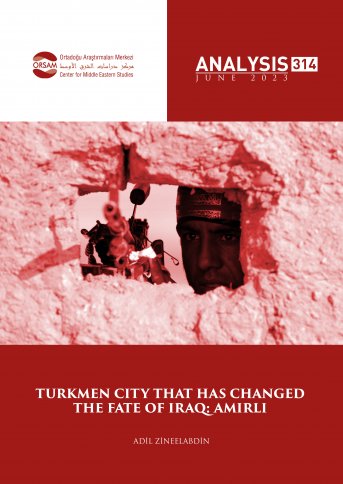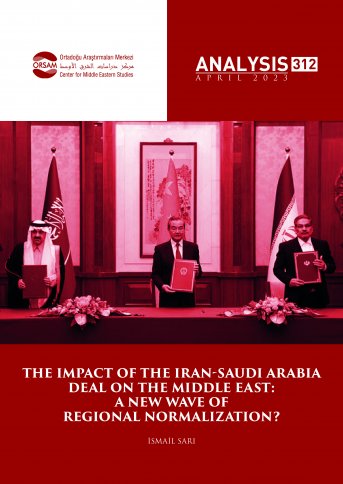
Anatolian Sphere of Influence
With the collapse of the Soviet Union (the Union of Soviet Socialist Republics USSR), bipolarization occurred after World War II and it gives its place to unipolarization that the United States represents and to the centers of attraction (Russian Federation, Germany, India, China, Japan, Brazil, South Africa, Iran and Turkey) whose borders, form and structure are not clear certainly.
The 21st century loads multidimensional responsibilities on Turkey in a geography outside of its existing borders in present day because of Turkey’s history, geography, geopolitical position, young and dynamic human potential, qualified labour force, religion, cultural and ethnic relationships. It obliges Turkey to operate in various fields actively, for instance political, economic and cultural fields. Thus, the more Turkey knows itself and evaluates its identity, history, culture, geography and potential correctly, the more it will understand its responsibilities concerning “ Anatolian sphere of influence” and it will also undertake its natural task arising from the sphere of influence.
In our day, the sphere of influence that Turkey can create by evaluating its existing potential conflicts with the spheres of influence of Anatolian-based big states. There are “Physical geography of Anatolia and Anatolian sphere of influence” which extend from yesterday to today and from today to future.







